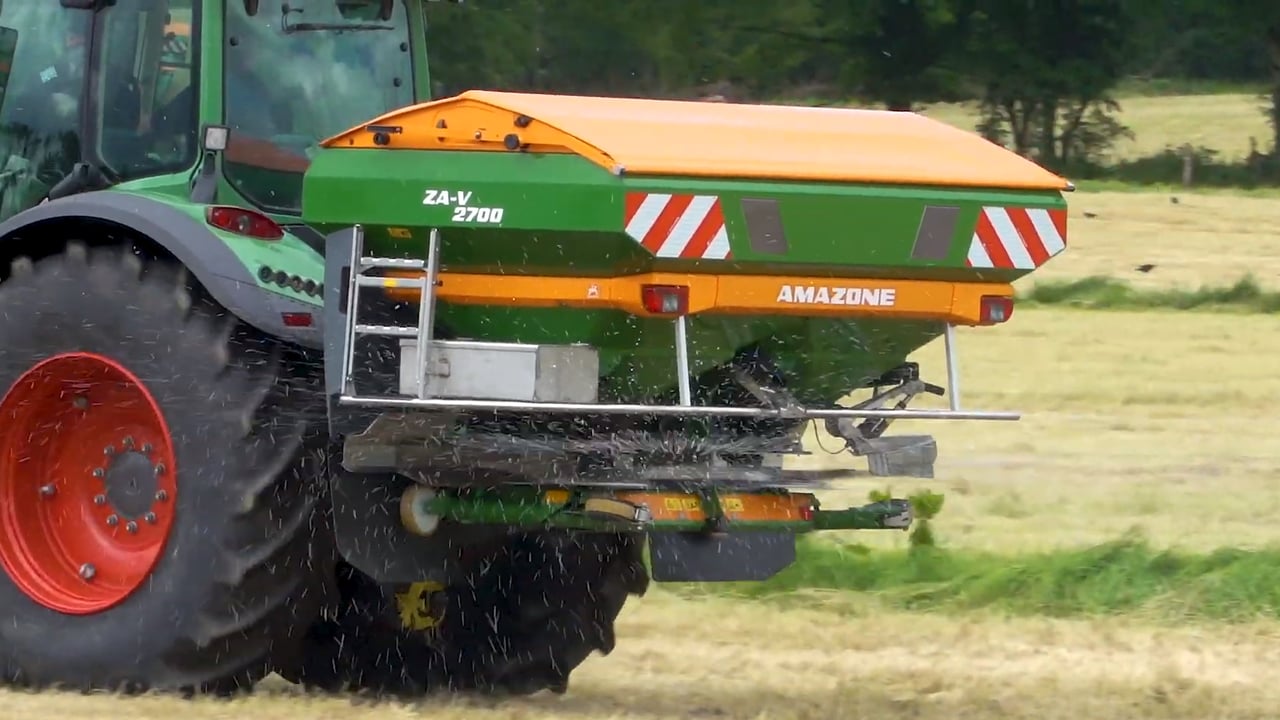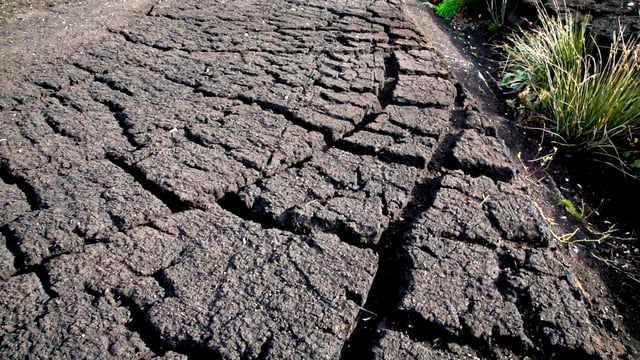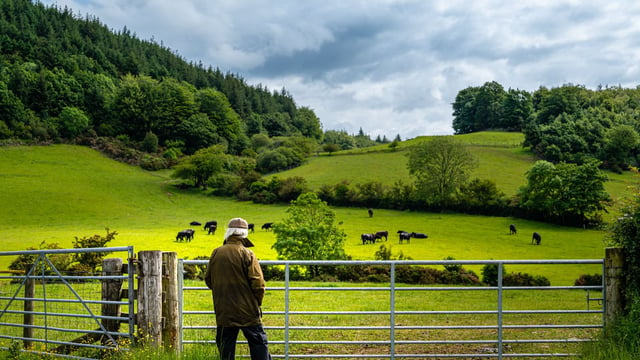Strengthening grain prices will ‘deaden’ the impact of nitrogen price rises
Teagasc’s Richie Hackett has confirmed that strengthening grain prices will, to some extent, "deaden" the impact of the nitrogen (N) price rises seen over the past six months.
He spoke at the first of Teagasc's 2022 virtual tillage conferences.
According to Hackett, fertiliser N prices have tripled since this time last year. He also pointed out that there is huge variability in the way that crops respond to applied N fertiliser.
“So the best we can do is carry out numerous trials across multiple sites and generate the best average over a number of years.”
Hackett explained that crop yield does not respond in a straight line in response to applied N. Trials have shown that the optimal response to N is achieved at application rates in the region of 210kg/ha.
But a law of diminishing returns also comes into play. When fertiliser and grain prices are factored into the response equation, it is possible to work out what’s called an economic optimum nitrogen rate i.e., the level of N application that gives the best economic return.
At a calcium ammonium nitrate (CAN) price of €250/t and a grain price of €150/t, the economic N rate works out at 209kg/ha.
“This was the scenario for most of the growing years up to the beginning of 2021,” stressed Hackett.
The Teagasc tillage specialist then explained that as the break-even ratio increases, the optimal level of N for a specific crop decreases.
The latest Teagasc predictions now indicate that, based on these figures, growers could reduce the N fertiliser application rate on wheat crops by 35kg/ha; the equivalent figure for barley is 27kg/ha.
Reducing N applications by this magnitude will bring about a 0.3t/ha yield reduction in wheat crops. Where barley is concerned, the reduction will be slightly in excess of 0.2t/ha.
But these figures come with a word of warning for malting barley growers.
“Malting barley growers are already reducing the levels of N they apply to their crops,” stressed Hackett.
Where margins are concerned, Hackett discussed the impact of N fertiliser prices only, when factored into the current state of international grain prices.
Significantly, this analysis clearly shows that even with a 30kg/ha reduction in N application levels, barley and wheat growers can still look forward to achieving a higher margin per hectare than would have historically been the case.





